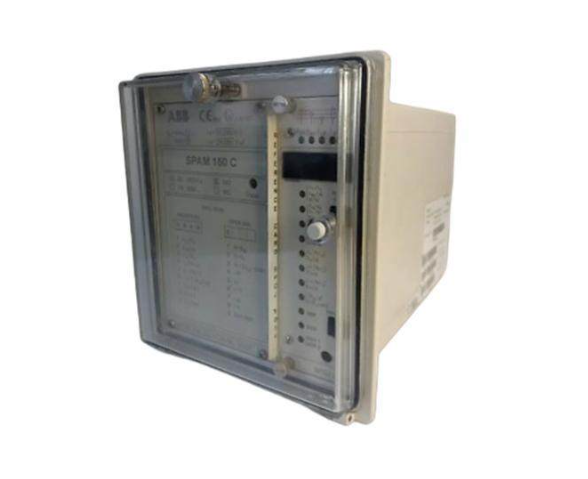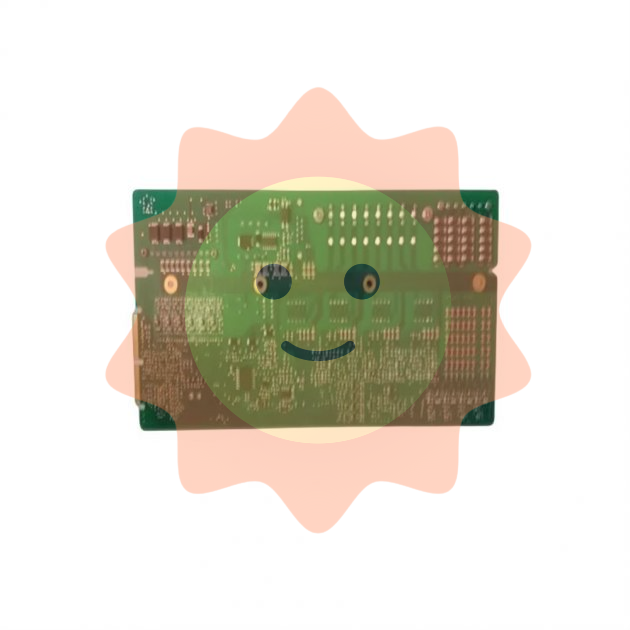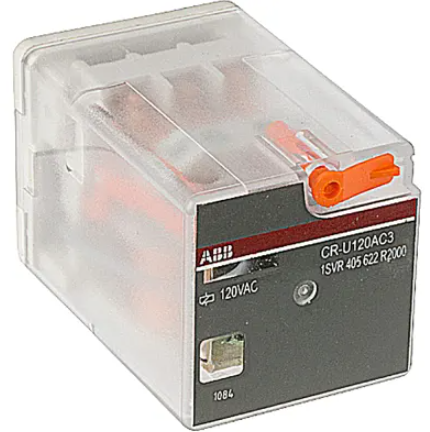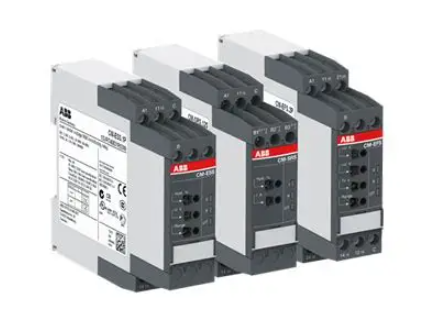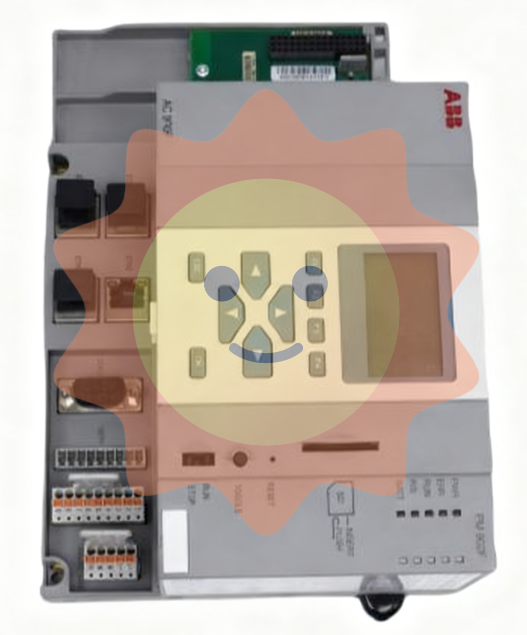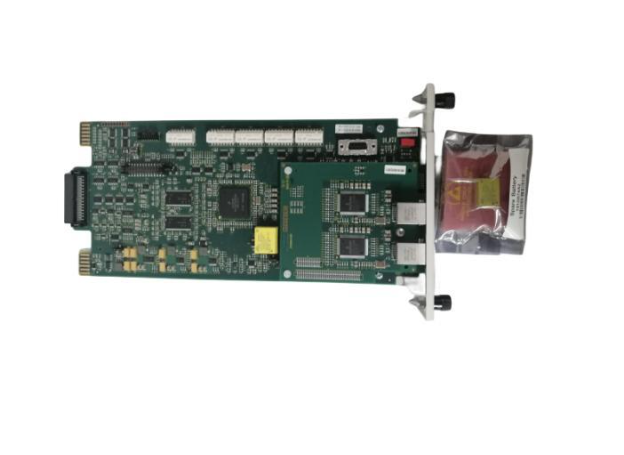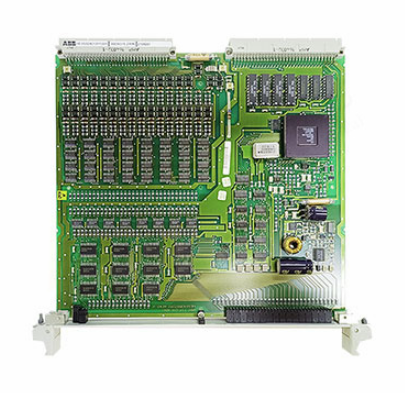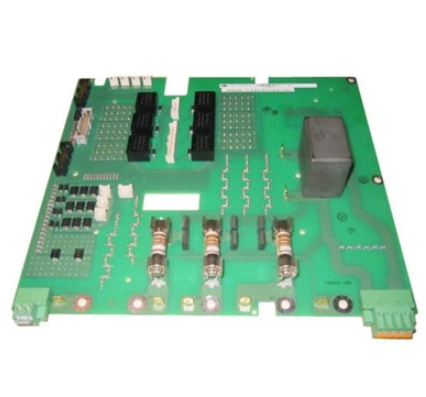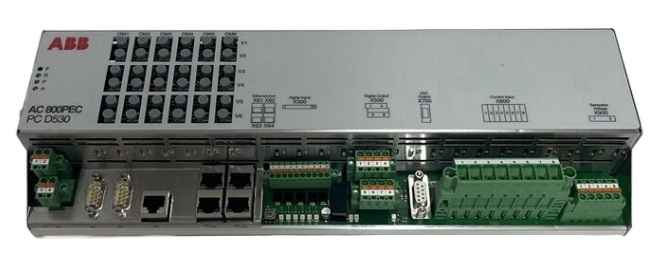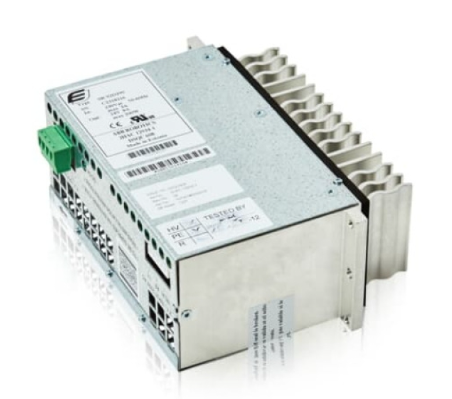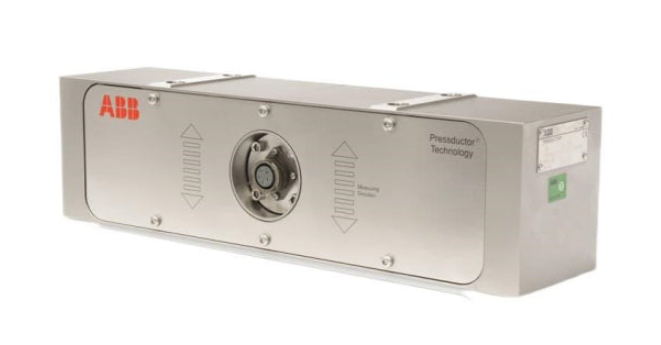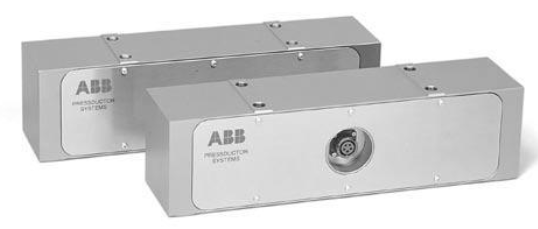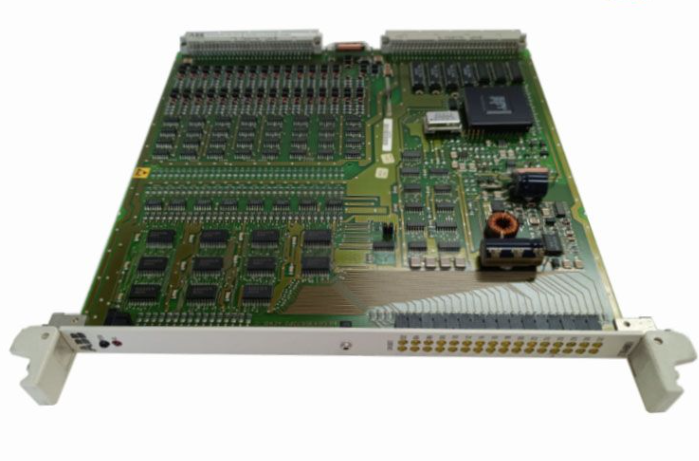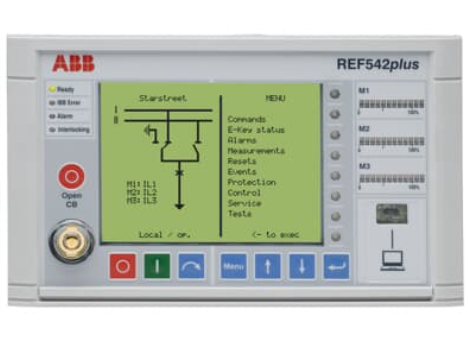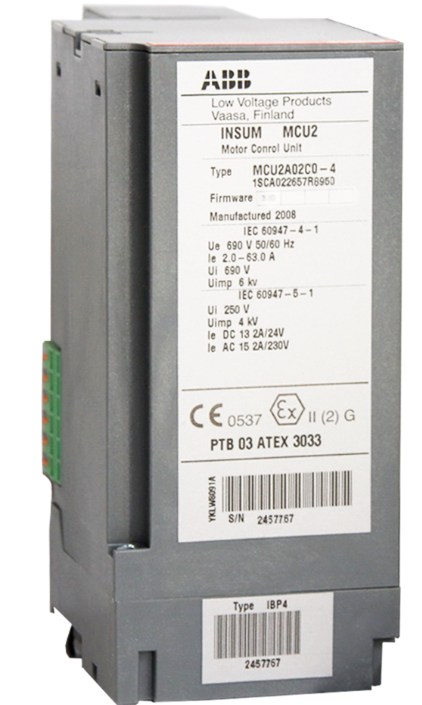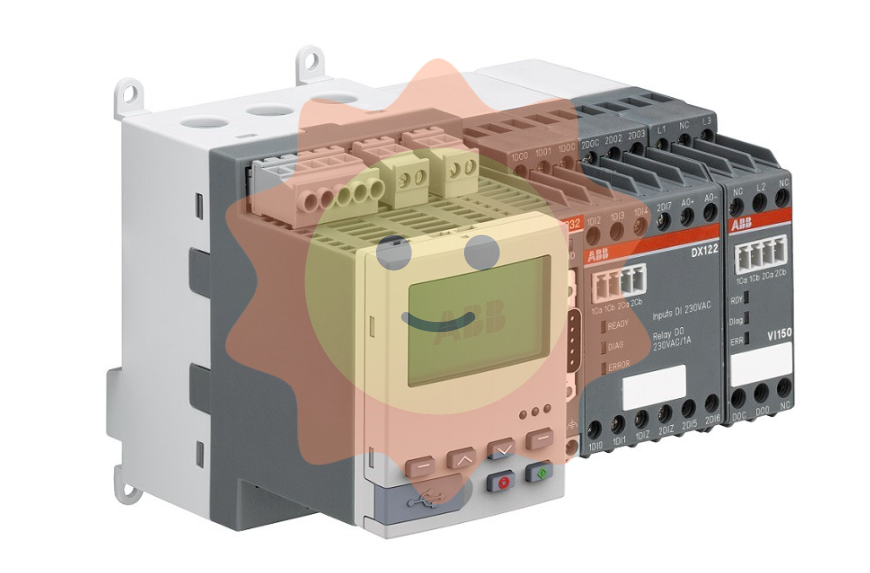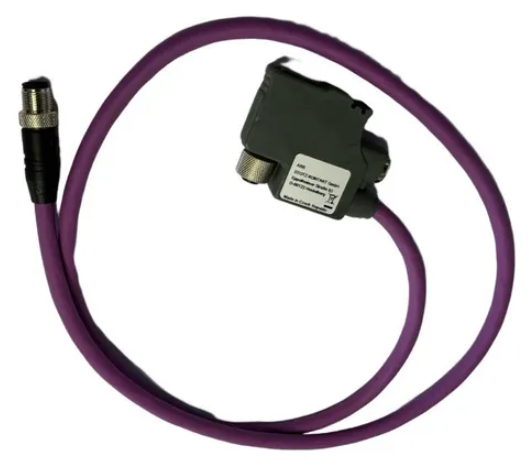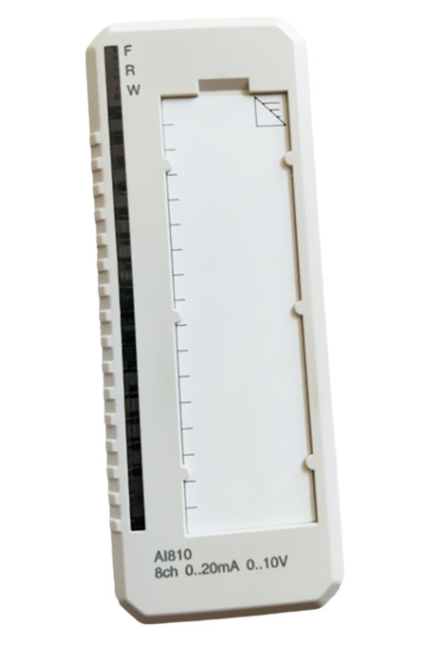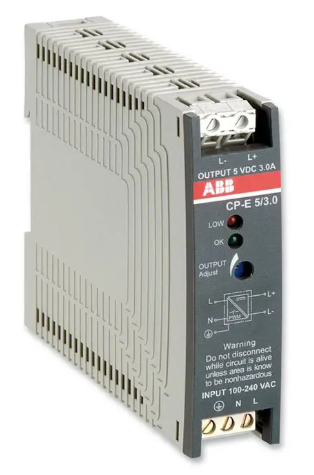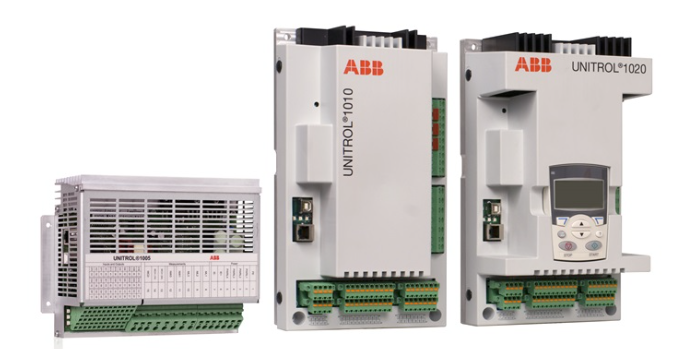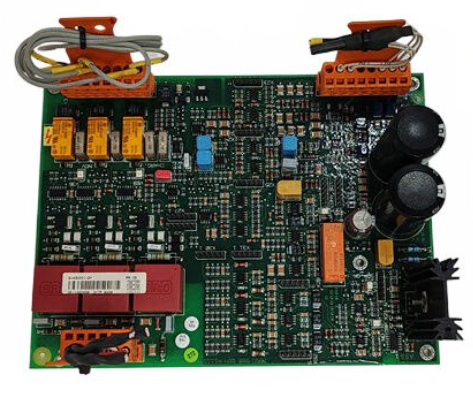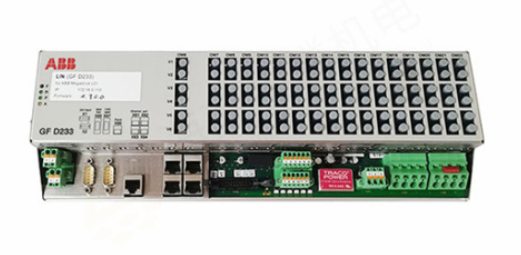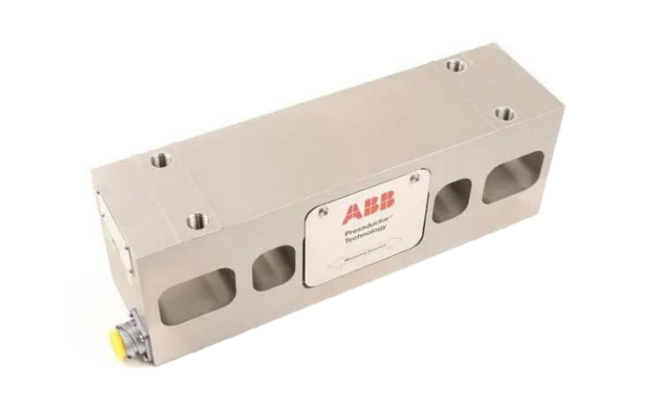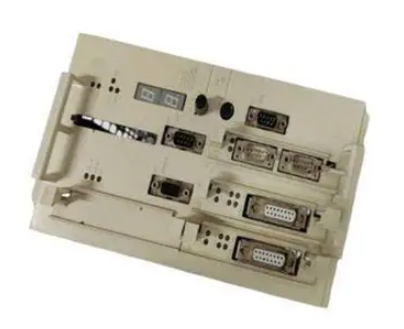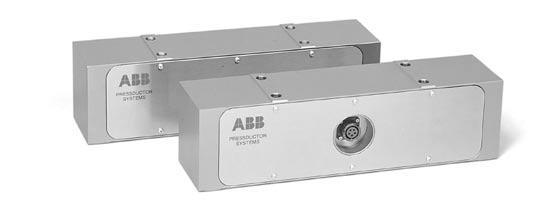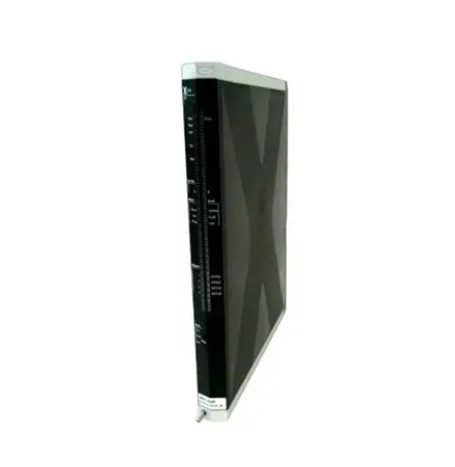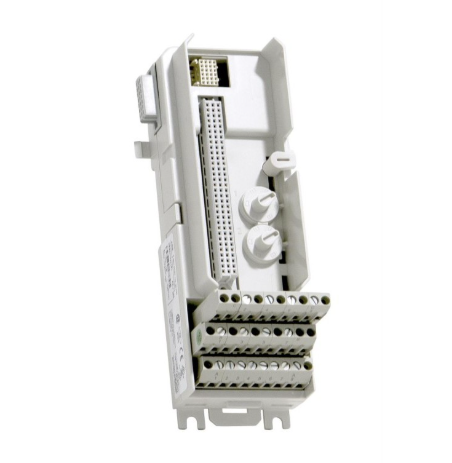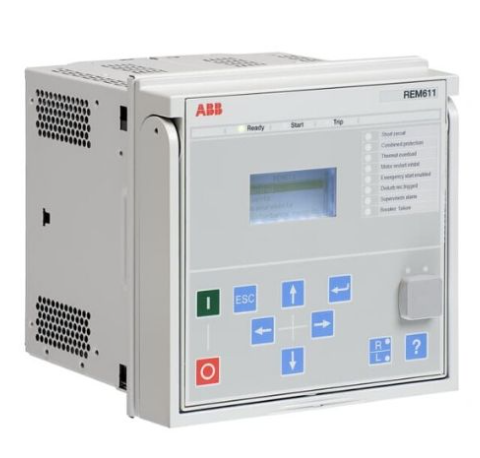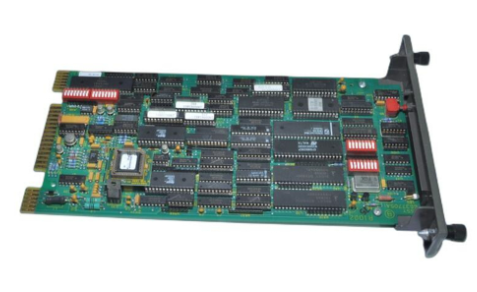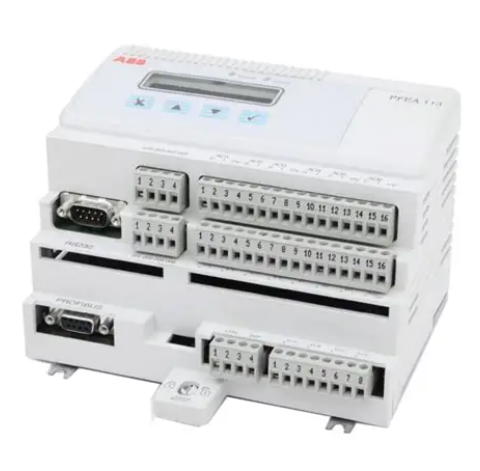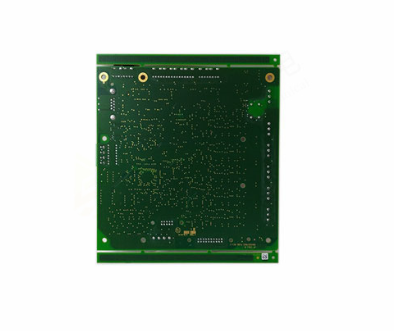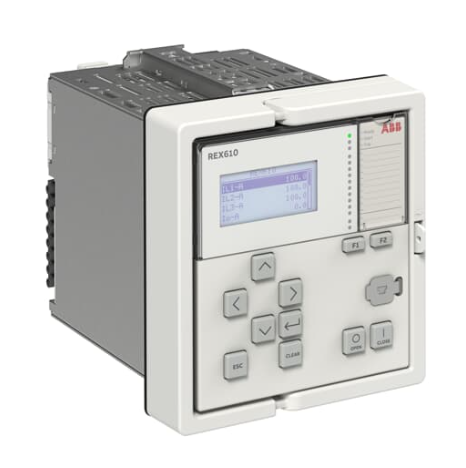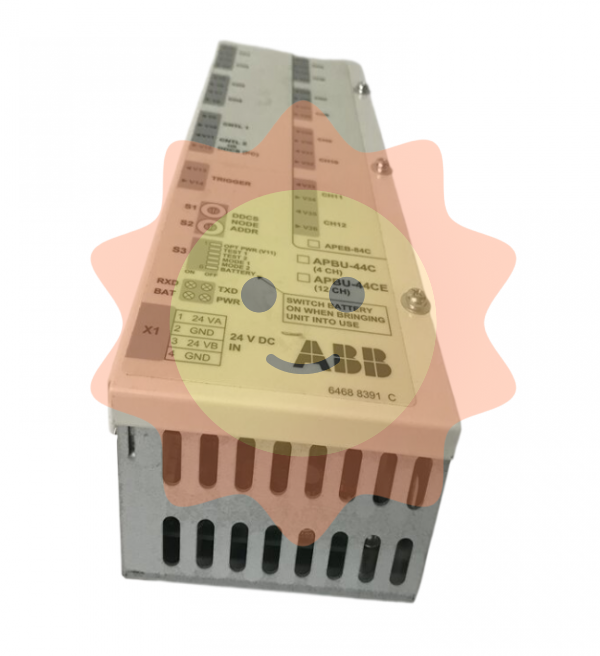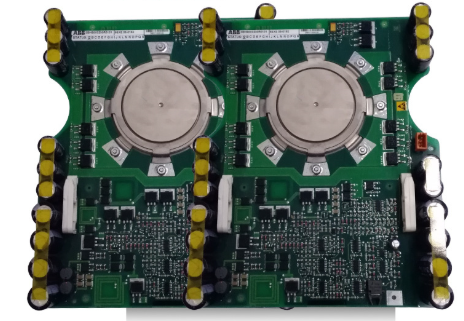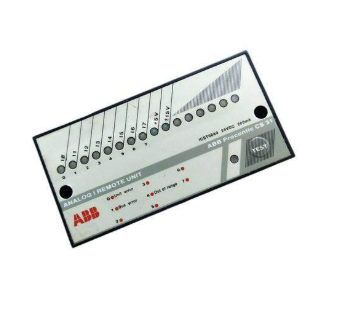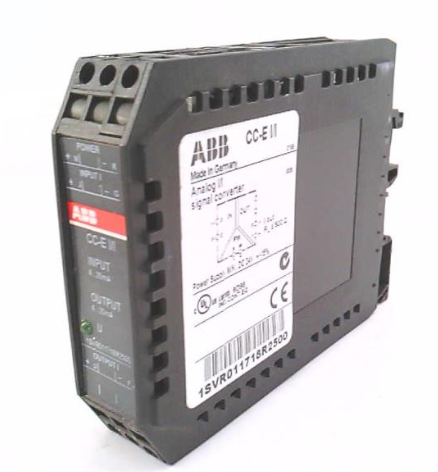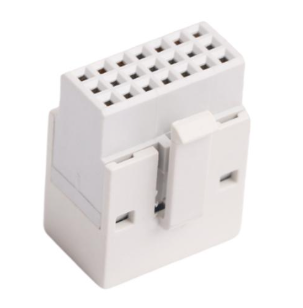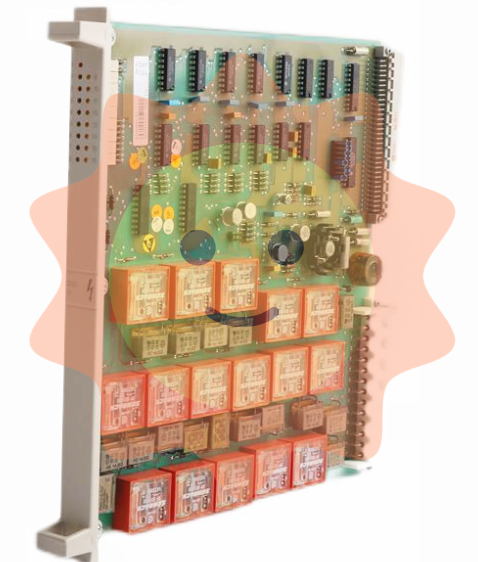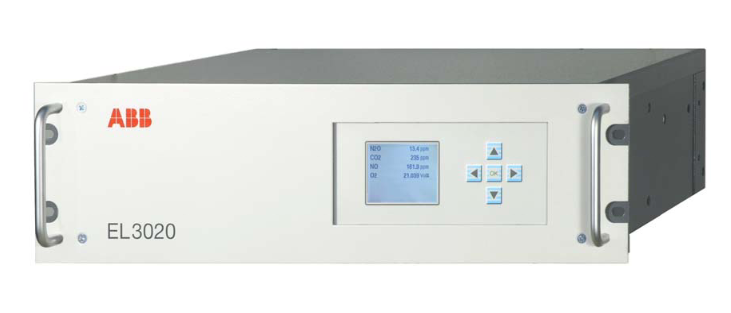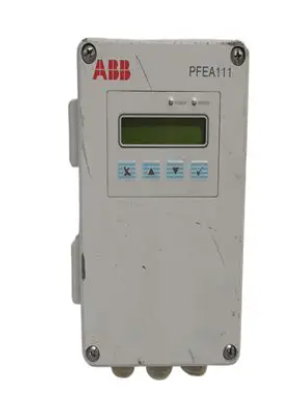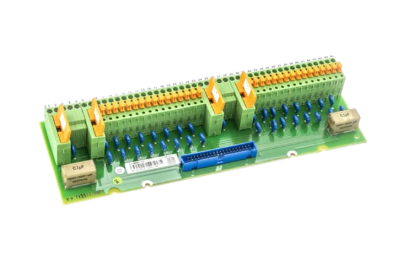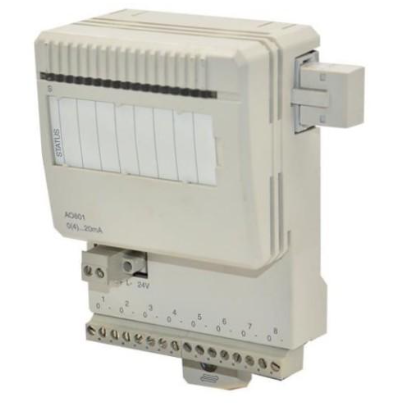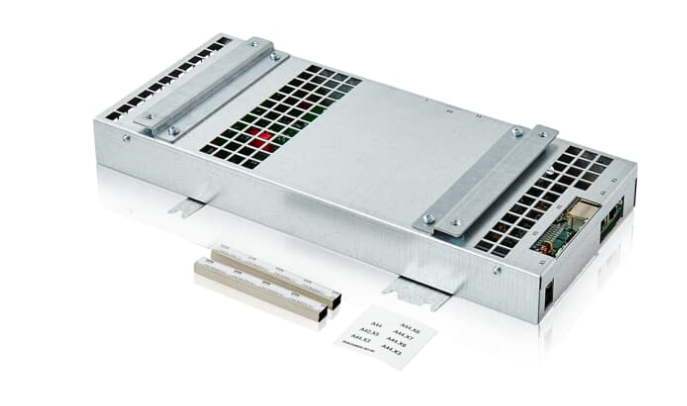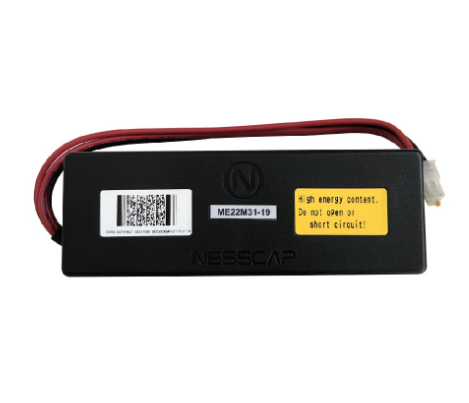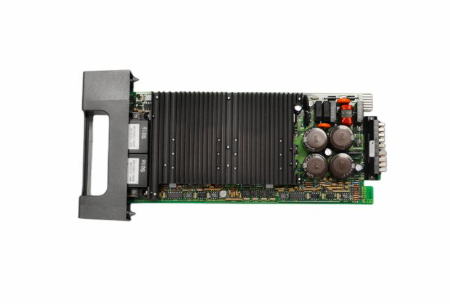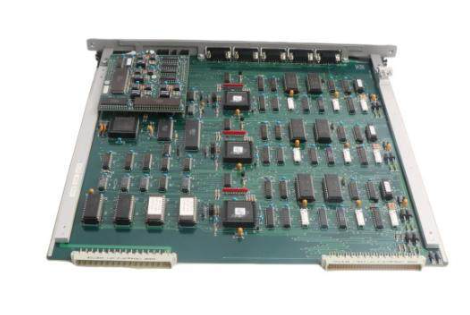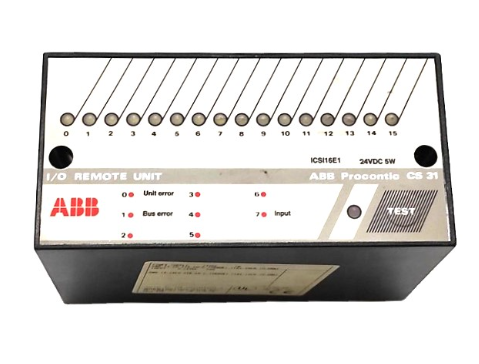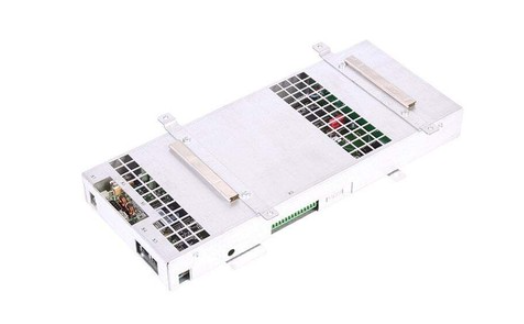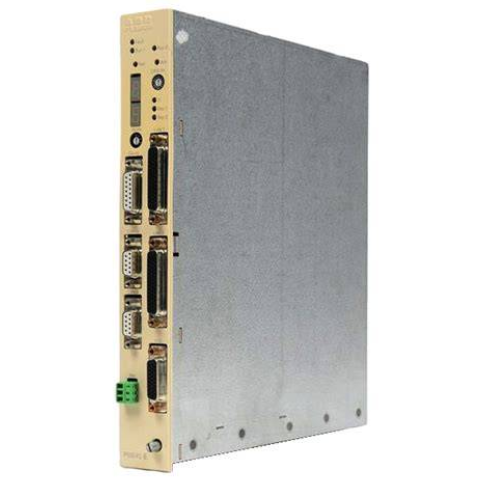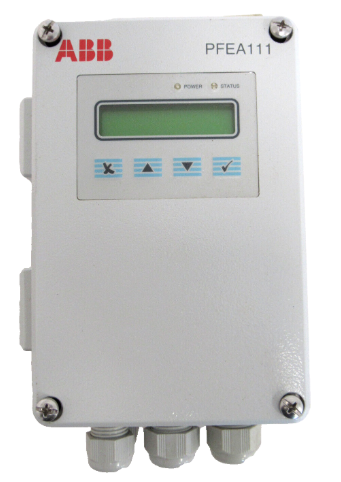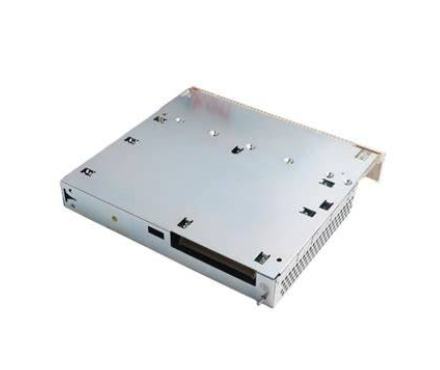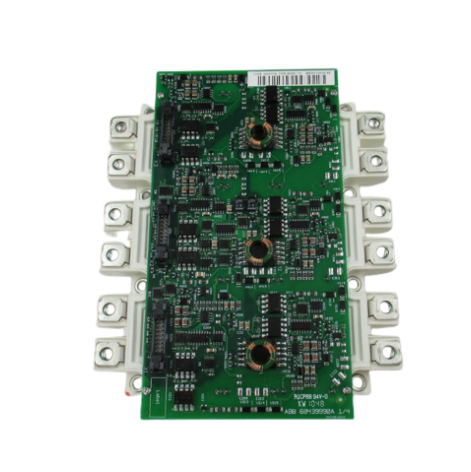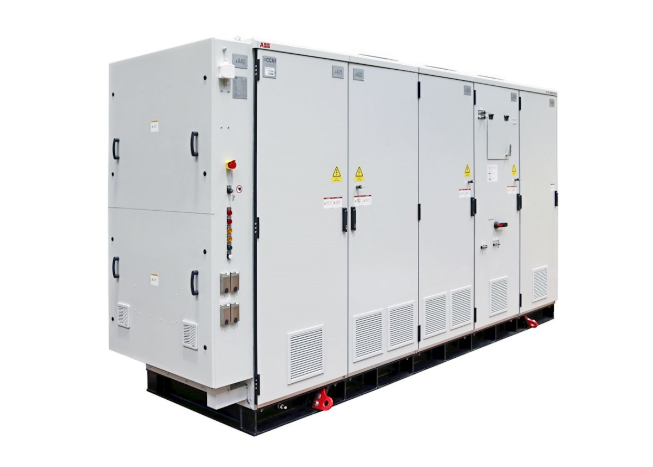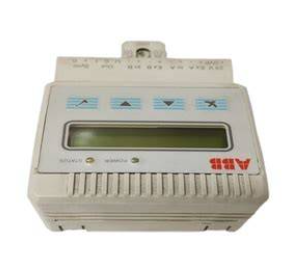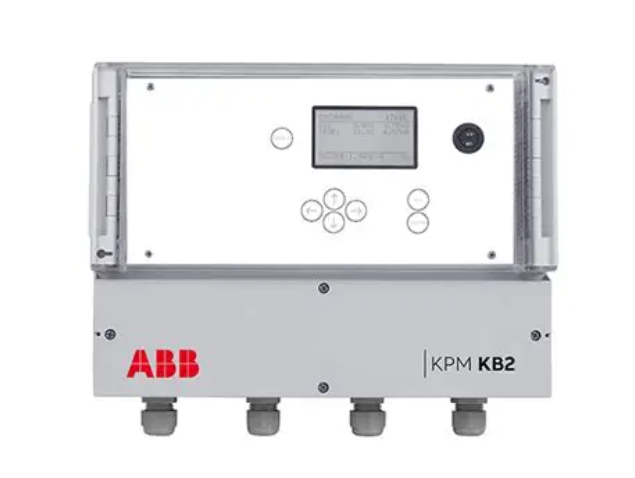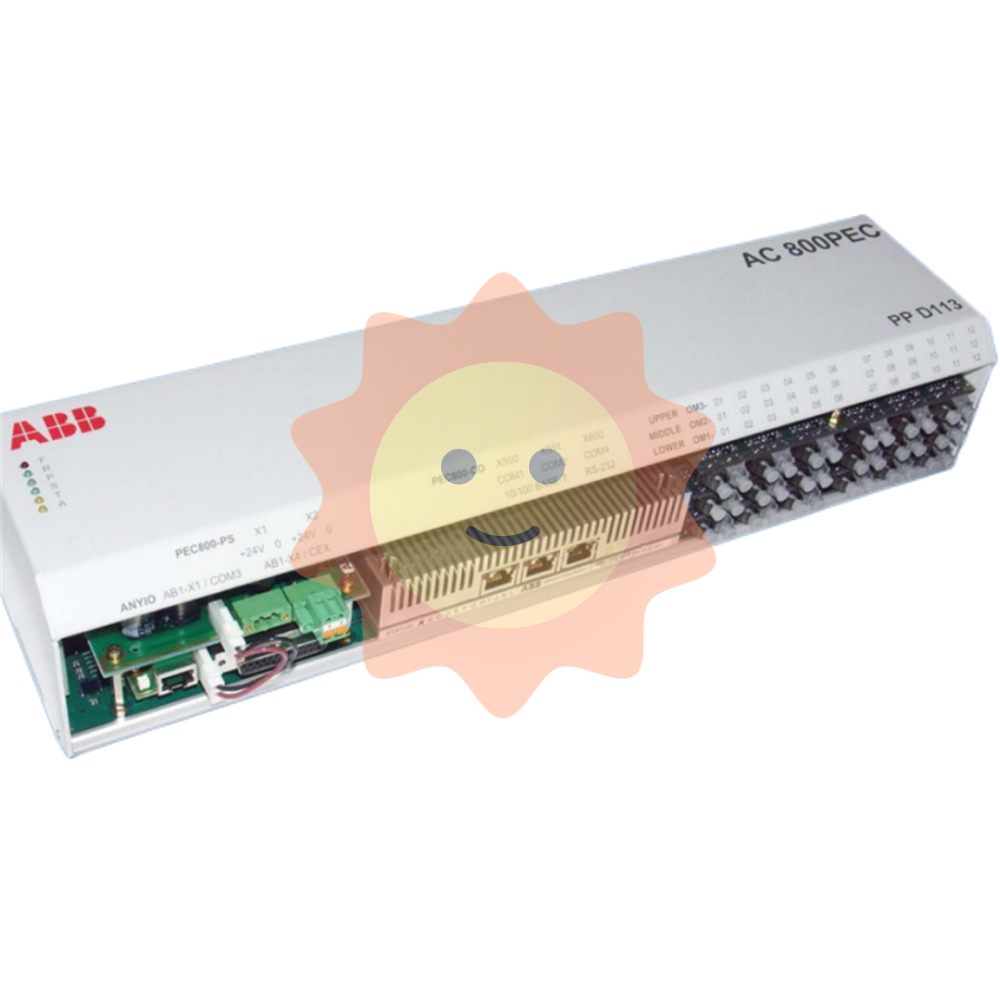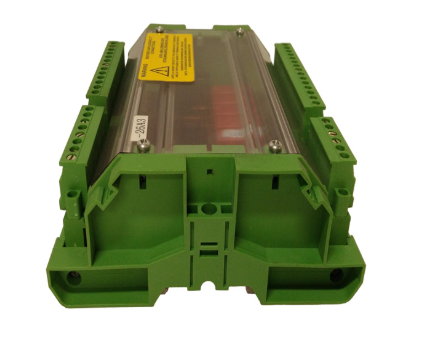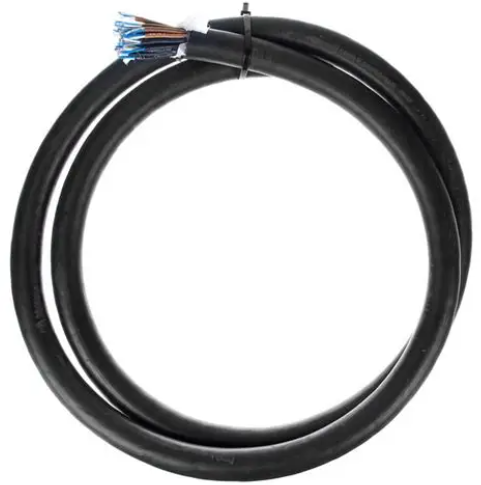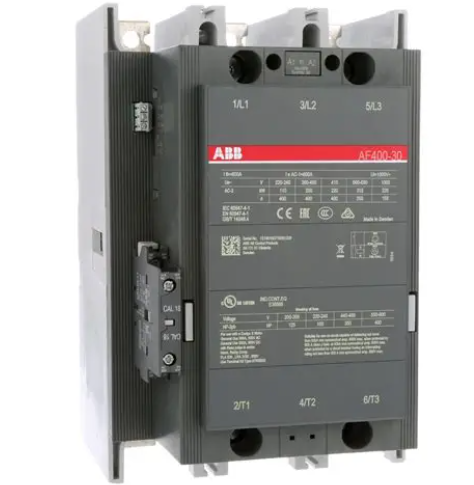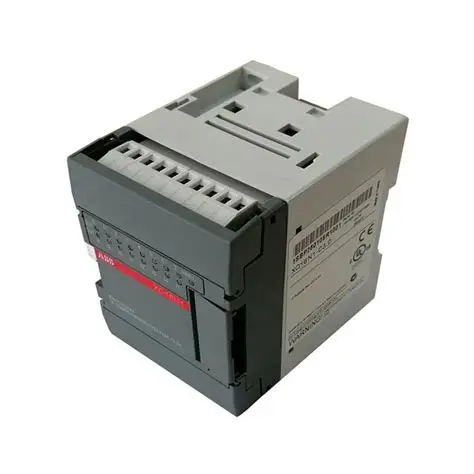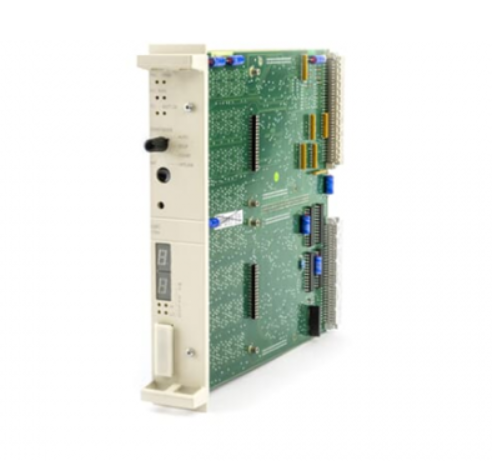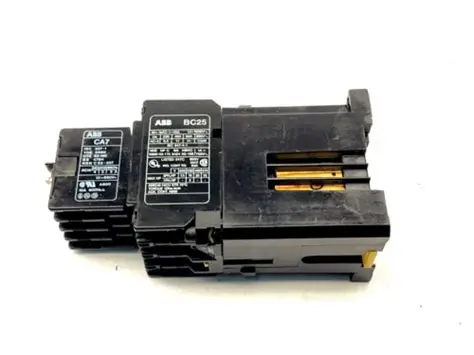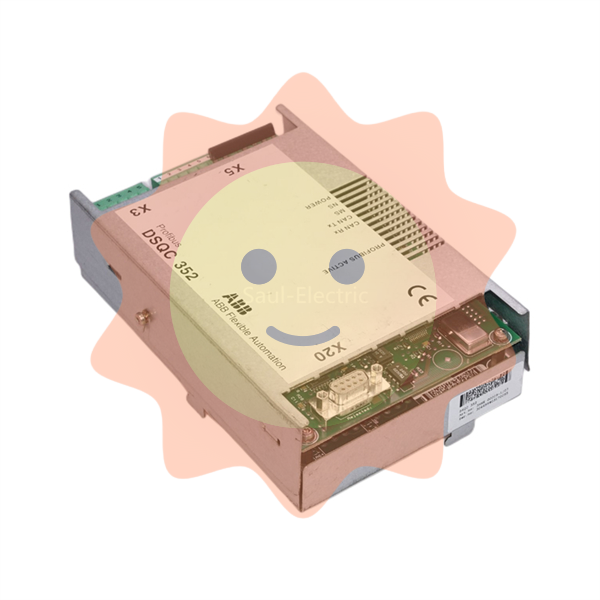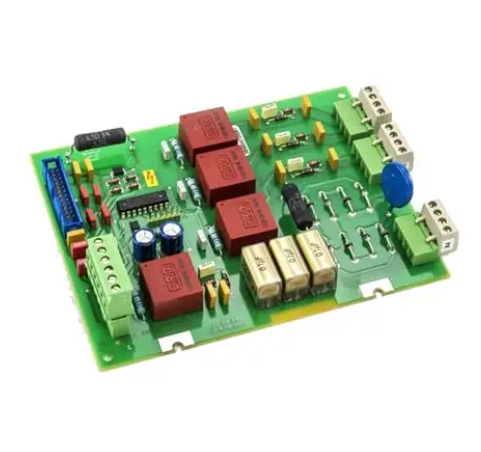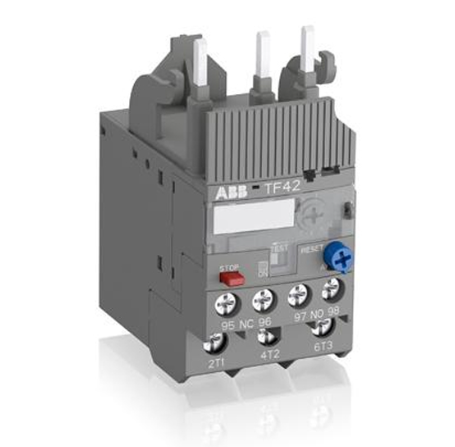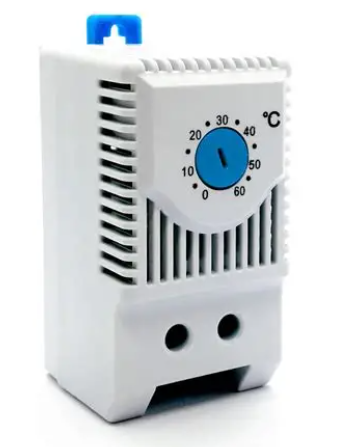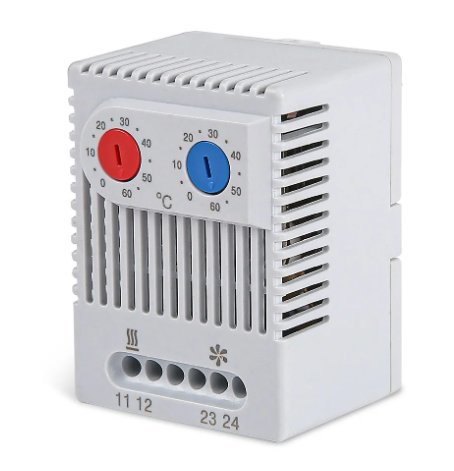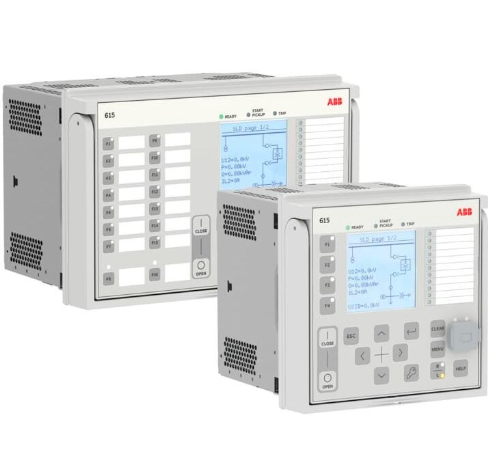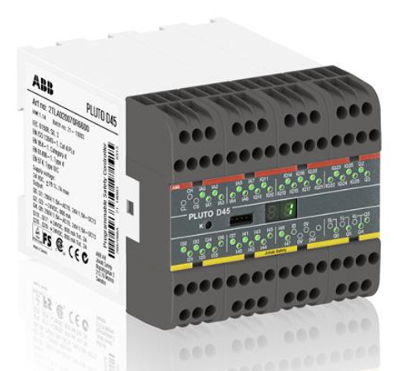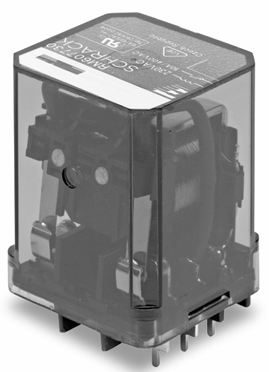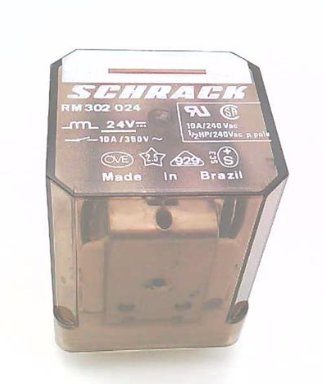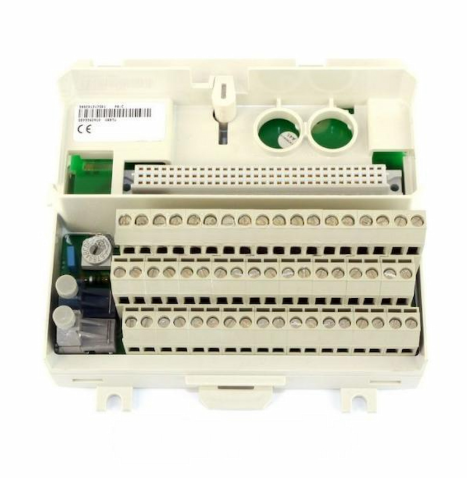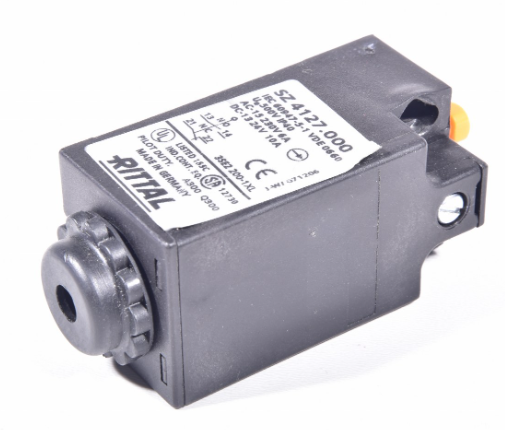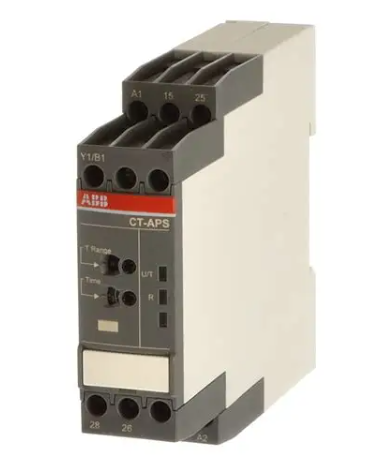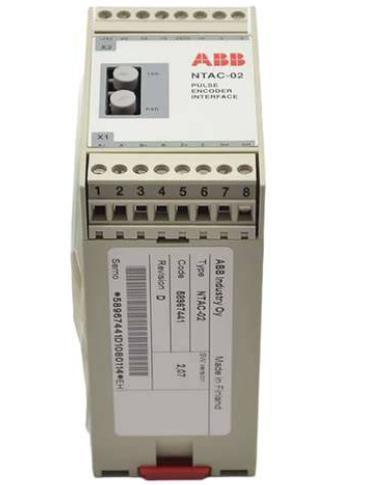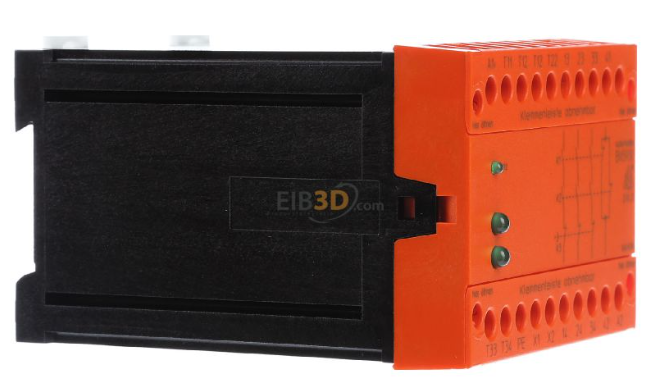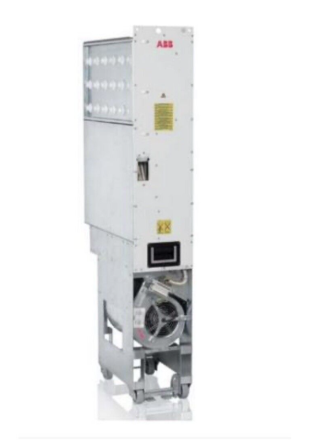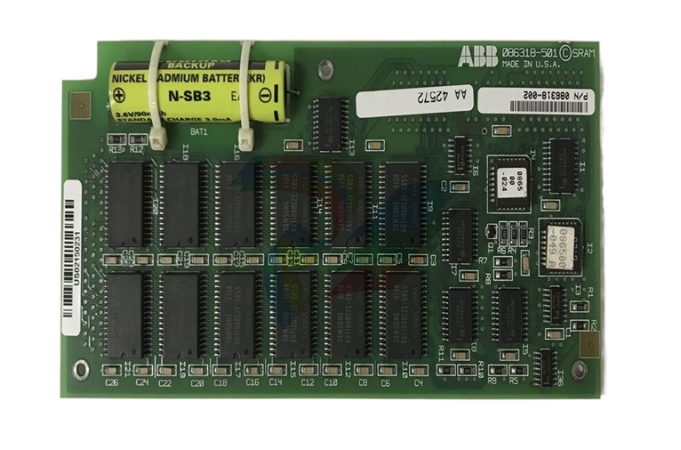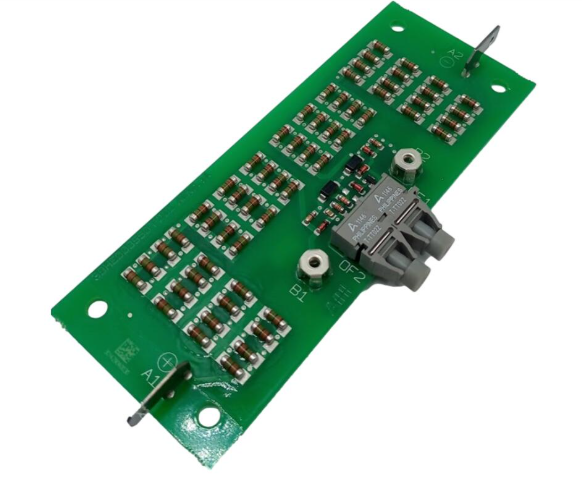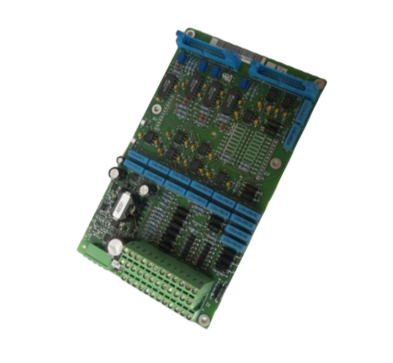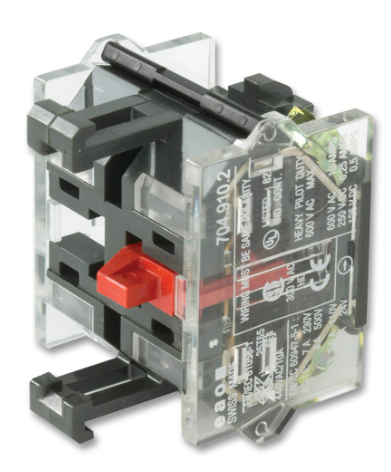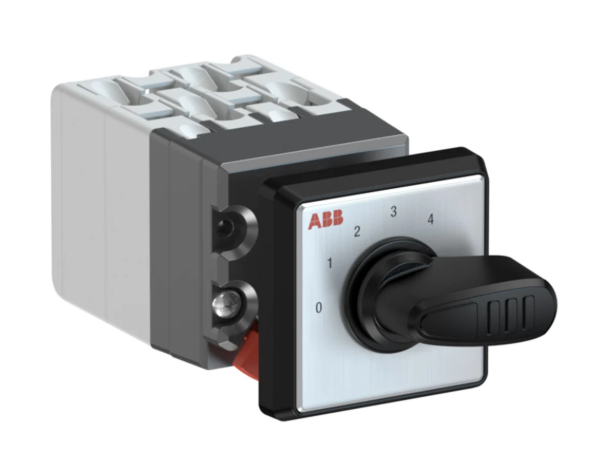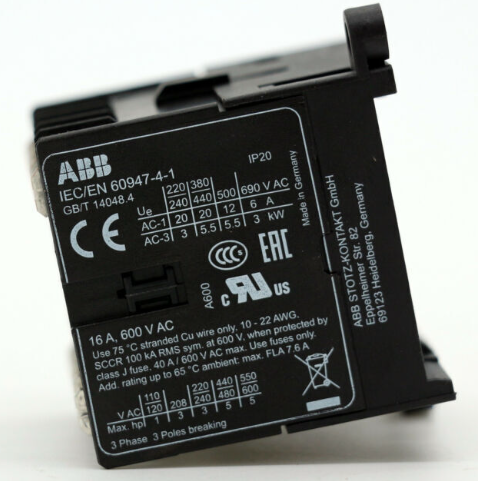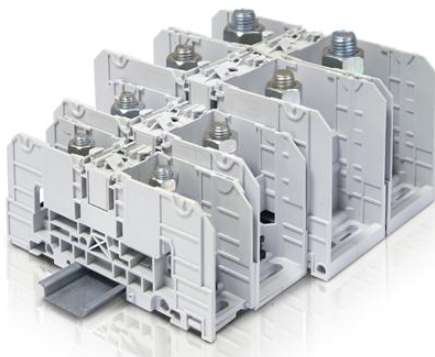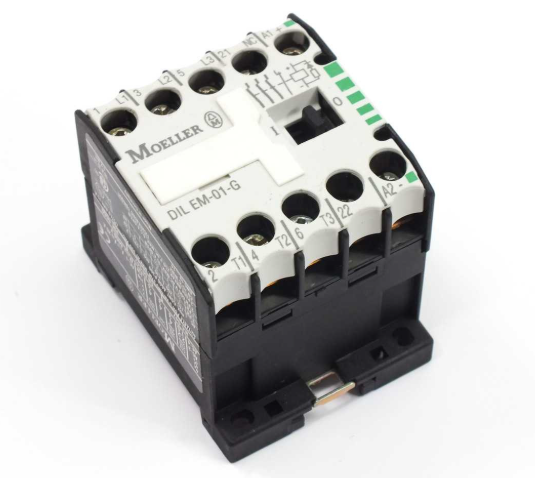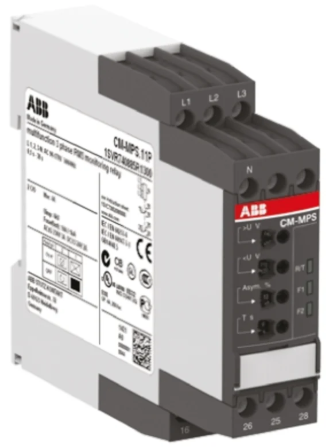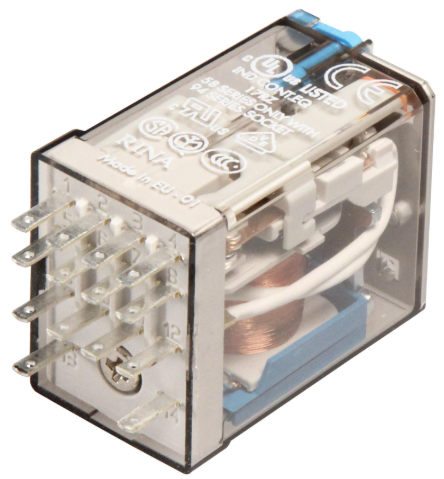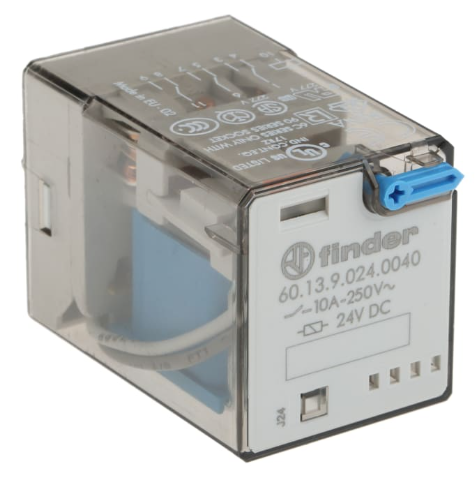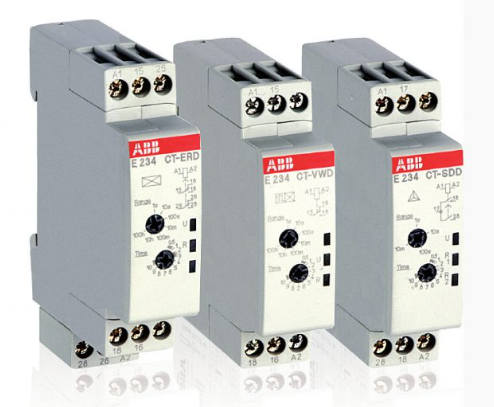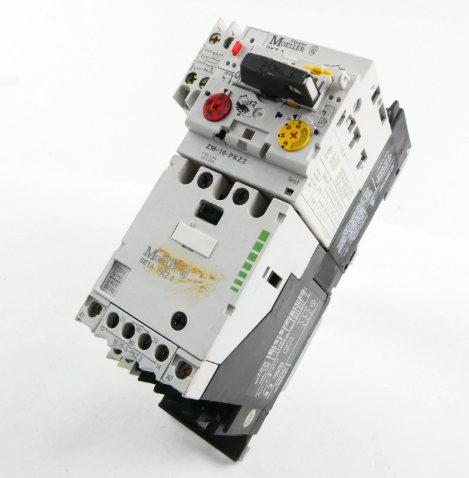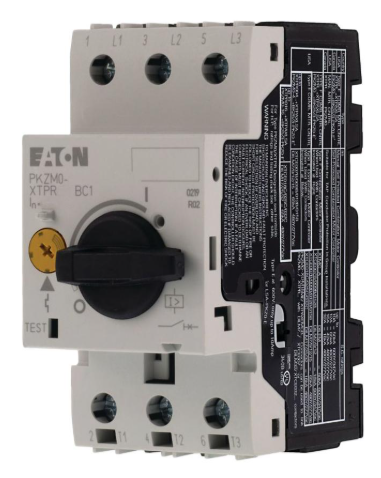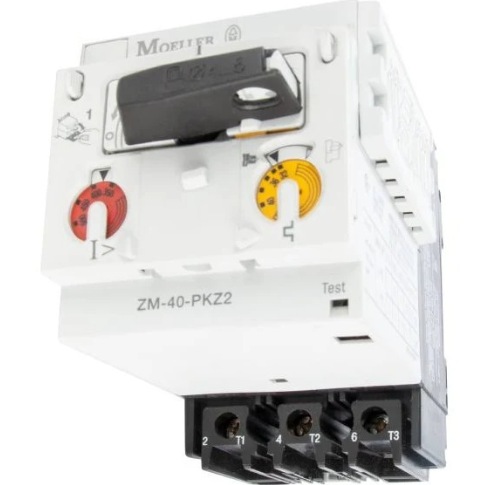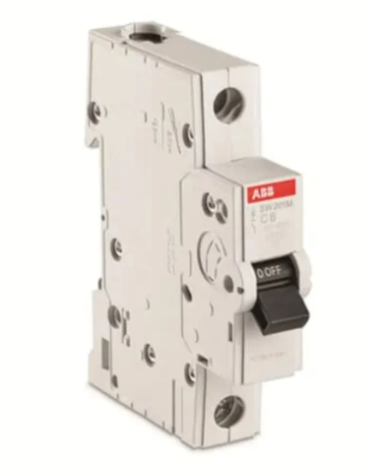AB 1785-PFB PLC-5 PROFIBUS Local Station Manager
AB 1785-PFB PLC-5 PROFIBUS Local Station Manager
Technical specifications
Communication interface specifications: Connected via RS-232 cable, one end of the cable is connected to the computer, the other end is connected to the 9-pin female connector, the specific pin definition is clear, Pin 4 is used for the module to transmit data to the computer (TX), Pin 3 is used for the computer to receive data to the module (RX), Pin 1 as the data ground (GND). This shows that the device uses the RS-232 standard interface for data transmission, this interface is widely used in the field of industrial control, has a certain degree of versatility and stability, to meet the basic data communication needs between the device and the computer.
Software environment requirements: need to run on Microsoft Windows 3.1 or higher version of the operating system. This requirement restricts the scope of the software environment used, ensures compatibility with specific operating systems, and also implies that the software architecture and functional design of the Local Station Manager are developed based on the characteristics and standards of these operating systems, and users need to ensure that the computer meets the conditions of this software environment when using it.
Bus Parameters: Bus parameters can be set, including local address, baud rate, maximum address and message timeout. Baud rate is commonly set to 500Kbaud, 187.5Kbaud and so on. These parameters can be set for the user according to different industrial field environment and equipment requirements for flexible configuration provides the possibility of different baud rate settings will affect the speed and stability of data transmission, the user can choose the optimal configuration according to the actual situation.
Module Status Indication: The module status is displayed through a special window, which contains various statuses, such as ‘Operational’ indicates that the module has been configured for communication; ‘No Communication’ indicates that the module is busy, No Communication’ indicates that the module is busy, an error has occurred, or the RS-232 cable is not connected. These status indicators provide users with intuitive information about the module's operation, which helps to find and solve problems in time, and to judge whether the module's working status is normal or not, so as to take corresponding measures.
Prerequisites for Use and Connection and Installation: To use the Local Station Manager, you need to master the operation of Microsoft Windows 3.1 or later, and connect the computer and the PROFIBUS coprocessor with the RS-232 cable, and connect them according to the specific pins. Afterwards, insert the floppy diskette of the Local Station Manager into the drive of the computer and install it by entering the installation commands via the ‘Execute’ option in the ‘File’ menu. The installer will copy the files to the default directory and you can choose whether or not to modify the SYSTEM.INI file. file.
Basic operation guide
Open and Language Selection: After starting Windows, double click the AB_PROFIBUS icon to open the Local Station Manager, and then double click the Local Station Manager icon or press the Enter key to select the language from English, German and French to enter the main interface.
Use of help tools: Click the ‘?’ icon to get context help, press F1 key or select ‘Index’ in ‘Help’ menu to view the help index, you can continue to browse or exit the help tool by menu operation.
Communication Port Selection: Click the ‘Settings’ icon or select ‘COM Port’ from the ‘Settings’ menu to select the communication port of the computer to which the RS-232 cable is connected. Three windows will be displayed, including ‘Module Status’, in which ‘Module Status’ window will display different status of the module.
Function operation details
Check battery level and switch: Click ‘MOD INFO’ icon or select ‘Module Info’ from ‘Info’ menu to check the battery level and switch setting according to the module status. If the module status is ‘no communication’, you need to check the connection and port settings.
Setting and verifying bus parameters: Click ‘Bus’ icon or select ‘Bus Parameters’ from ‘Configuration’ menu, you can choose default parameters or manually input new parameters, click ‘OK’ before you need to check the connection and port settings. You can select the default parameters or manually enter new parameters, set switch 2 to ‘Off’ before clicking ‘OK’ to verify the new parameters.
Monitor system events: Click ‘EVT’ icon or select ‘Module Events’ from ‘Monitor’ menu, you can view the time, source and explanation of module events. By comparing the time, you can determine the interval of the event, and according to the source and explanation, you can analyse the cause of the event.
Other operations
Reset operation: Click ‘RES MOD’ icon or select ‘Module Reset’ from ‘Monitor’ menu to reset the module, click ‘RES COM’ icon or select ‘Module Reset’ from ‘Monitor’ menu to reset the module. Communication can be reset by clicking ‘COM’ icon or selecting ‘Communication Reset’ from ‘Monitor’ menu. The reset operation needs to confirm the prompt message and the LED of the module will change accordingly during the reset process.
Address translation: By clicking on the ‘MB HEX’ icon or selecting ‘Address Translator’ from the ‘Utilities’ menu, you can translate between PLC-5 data form addresses (symbolic) and PROFIBUS physical addresses (32-bit). PROFIBUS physical address (32 bit hexadecimal).

- EMERSON
- Honeywell
- CTI
- Rolls-Royce
- General Electric
- Woodward
- Yaskawa
- xYCOM
- Motorola
- Siemens
- Rockwell
- ABB
- B&R
- HIMA
- Construction site
- electricity
- Automobile market
- PLC
- DCS
- Motor drivers
- VSD
- Implications
- cement
- CO2
- CEM
- methane
- Artificial intelligence
- Titanic
- Solar energy
- Hydrogen fuel cell
- Hydrogen and fuel cells
- Hydrogen and oxygen fuel cells
- tyre
- Chemical fiber
- dynamo
- corpuscle
- Pulp and paper
- printing
- fossil
- FANUC
- Food and beverage
- Life science
- Sewage treatment
- Personal care
- electricity
- boats
- infrastructure
- Automobile industry
- metallurgy
- Nuclear power generation
- Geothermal power generation
- Water and wastewater
- Infrastructure construction
- Mine hazard
- steel
- papermaking
- Natural gas industry
- Infrastructure construction
- Power and energy
- Rubber and plastic
- Renewable energy
- pharmacy
- mining
- Plastic industry
- Schneider
- Kongsberg
- NI
- Wind energy
- International petroleum
- International new energy network
- gas
- WATLOW
- ProSoft
- SEW
- wind
- ADVANCED
- Reliance
- YOKOGAWA
- TRICONEX
- FOXBORO
- METSO
- MAN
- Advantest
- ADVANCED
- ALSTOM
- Control Wave
- AB
- AMAT
- STUDER
- KONGSBERG
- MOTOROLA
- DANAHER MOTION
- Bently
- Galil
- EATON
- MOLEX
- Triconex
- DEIF
- B&W
- ZYGO
- Aerotech
- DANFOSS
- KOLLMORGEN
- Beijer
- Endress+Hauser
- MOOG
- KB
- Moxa
- Rexroth
- YAMAHA
- Johnson
- Westinghouse
- WAGO


Email:wang@kongjiangauto.com


